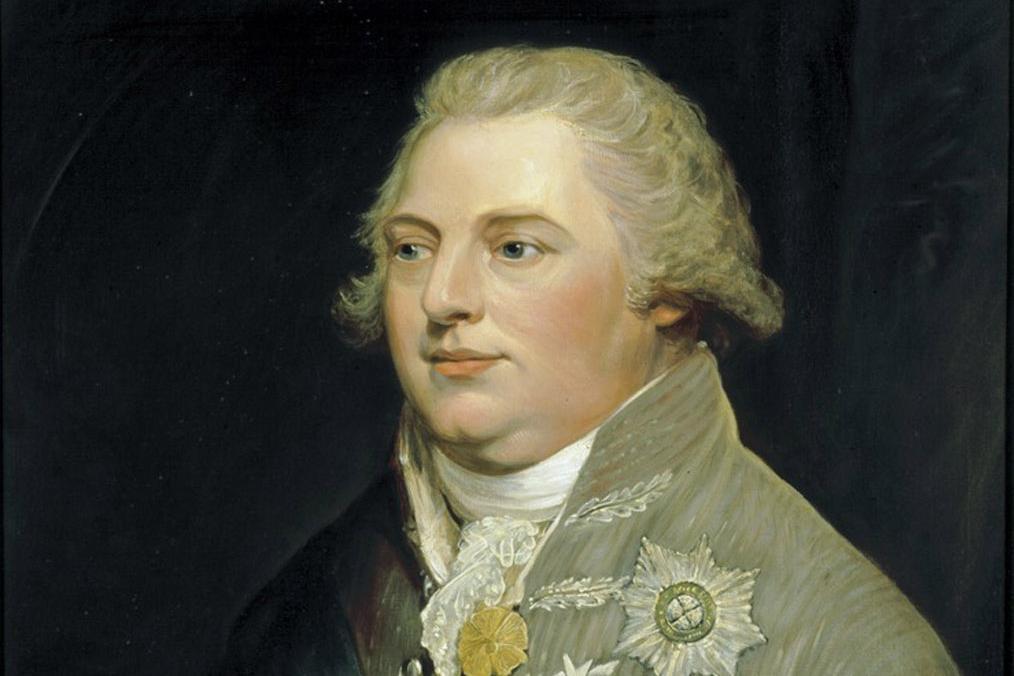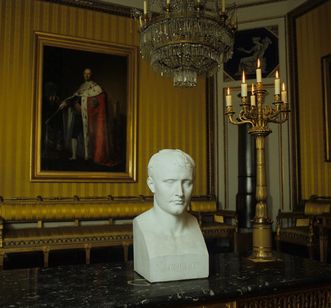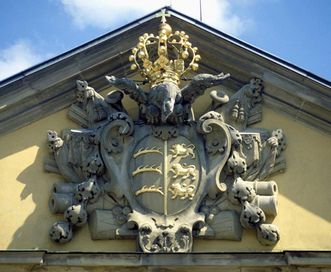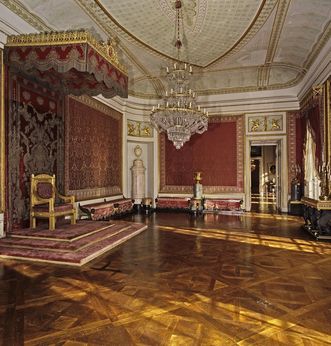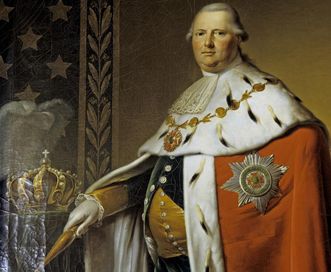Why did Napoleon come to Ludwigsburg?
Emperor Napoleon worked hard to convince Württemberg's status-conscious prince-elector to form an allegiance. So the French emperor paid Ludwigsburg Residential Palace a personal visit in October 1805. He was received with great honor, and meals were shared in the ancestral hall. After this meeting, Friedrich joined the Confederation of the Rhine, as the last South German prince to do so. Friedrich rose to king, but at great cost: As a result of the military allegiance with France, Württemberg lost more than 15,000 lives in the Russian campaign in 1812 alone.



